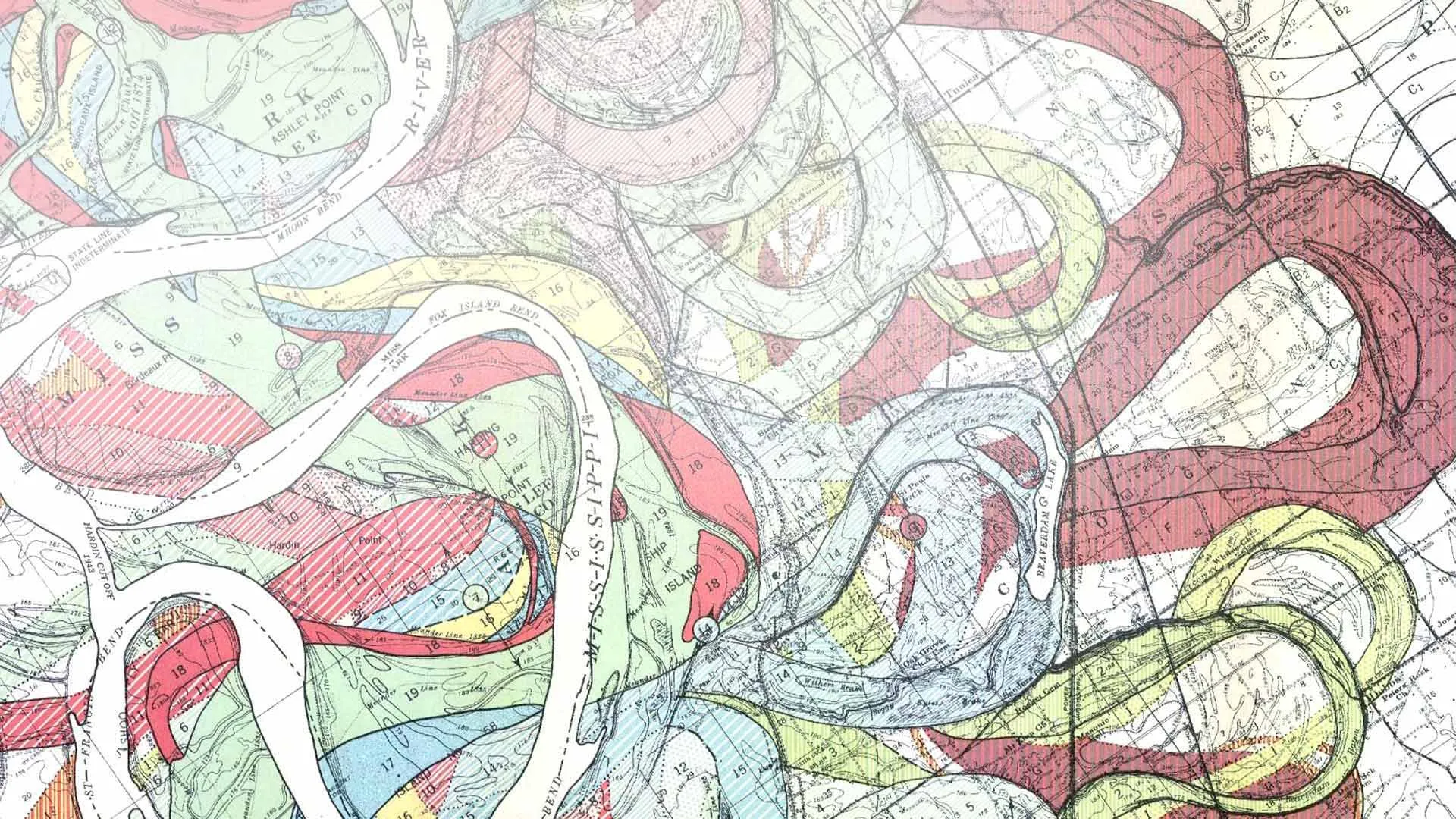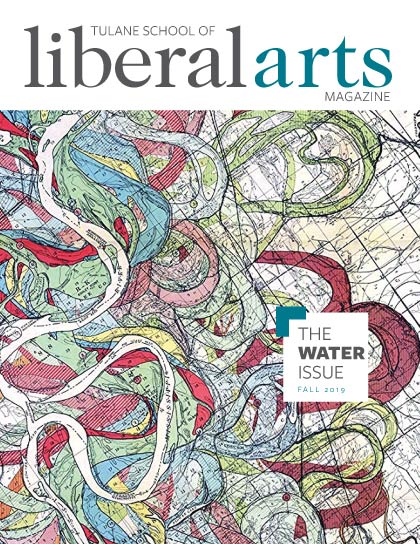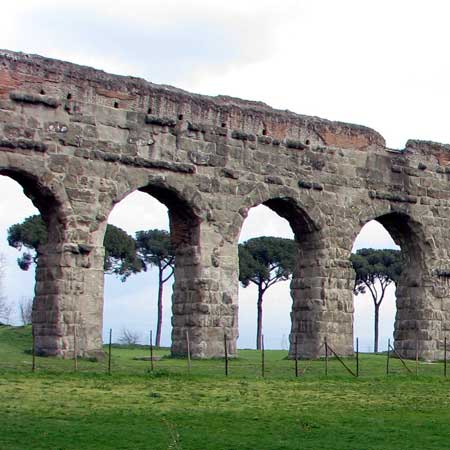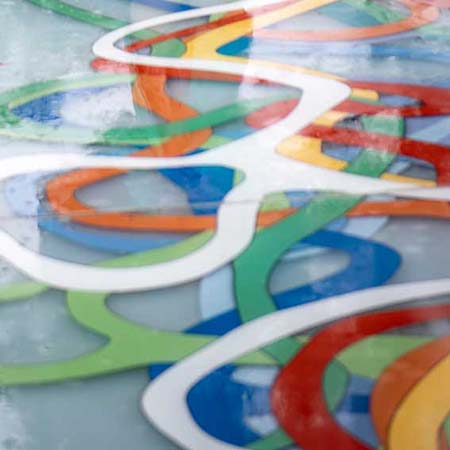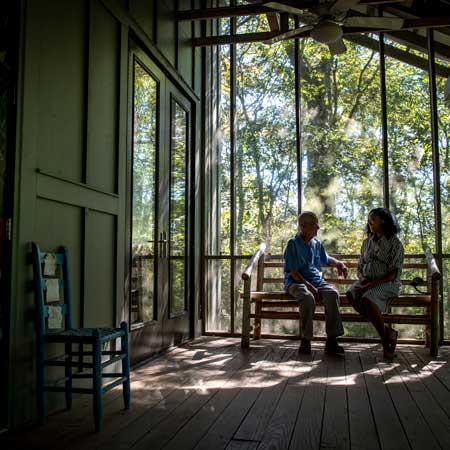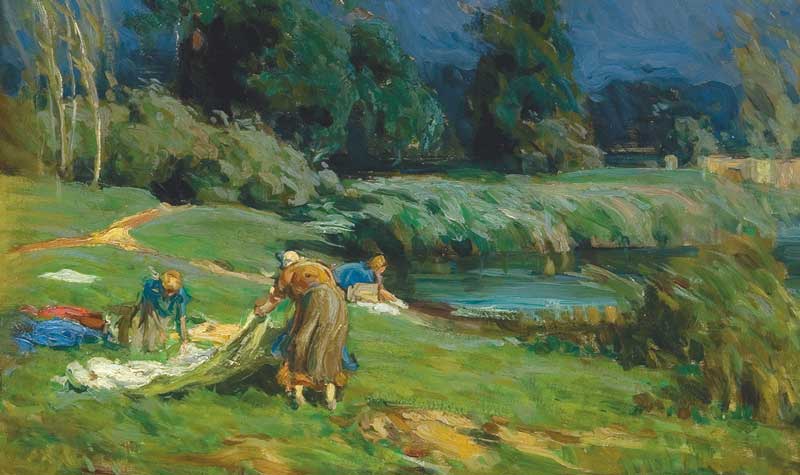Tulane School of Liberal Arts Magazine
The Water Issue Fall 2019
In this second installment of Tulane School of Liberal Arts Magazine, we take on another major, crosscutting theme of our time. In our inaugural magazine last spring—the Global Issue—we made the case for a transnational approach to the study of the humanities, social sciences, and fine arts and showcased exciting research, teaching, and community engagement. Read more about this issue.
Water is an equally expansive topic and unquestionably global as well. As we explore our theme from a variety of perspectives, it will not be lost on readers of this magazine that water is best approached from an interdisciplinary perspective. Water has no discipline. Water, I am tempted to say, is undisciplined.
There are many lessons to be learned from water—from the political to the poetical. In this issue we highlight ways our faculty are learning from and about water. From an exploration of Leonardo da Vinci’s fascination with water to Havana’s relationship to its port, and from ancient Roman approaches to sharing water to arguments about the Hualapai Tribe water rights today, Tulane researchers take on an almost dizzying range of approaches.
But the point is not simply to celebrate interdisciplinarity for its own sake. Rather, it is to explore what French professor Edwige Tamalet Talbayev calls “water logics.” A focus on the fluid over the solid, the oceanic rather than the national, inverts the usual perspectives that academic disciplines rely on—this is the richer sense of interdisciplinarity that water allows.
Tulane has a special relationship to water. This is in large part because we have a special relationship to New Orleans. This city and the Gulf South region live with an awareness of the vicissitudes and violence of water like few other places in the world.
It is imperative that students and scholars of the liberal arts at Tulane engage with water, its lessons, and its logics. We must never stop thinking about water—we cannot. And as so many examples in these pages attest, we contribute to and indeed must lead a larger national conversation about our most powerful element.
Brian Edwards
Dean and Professor
School of Liberal Arts
On the cover: In 1944, cartographer Harold Fisk created fifteen maps that traced the movement of the Mississippi River from Cairo, Illinois to the Gulf of Mexico for the Army Corps of Engineers. For thousands of years, the river continued to shift as water would flow quicker and deeper in certain areas, eroding river walls and creating a new path. Fisk’s maps accompanied his “Geological Investigation of the Alluvial Valley of the Lower Mississippi River” report, which continues to allow us to have a greater understanding of the river’s evolution.
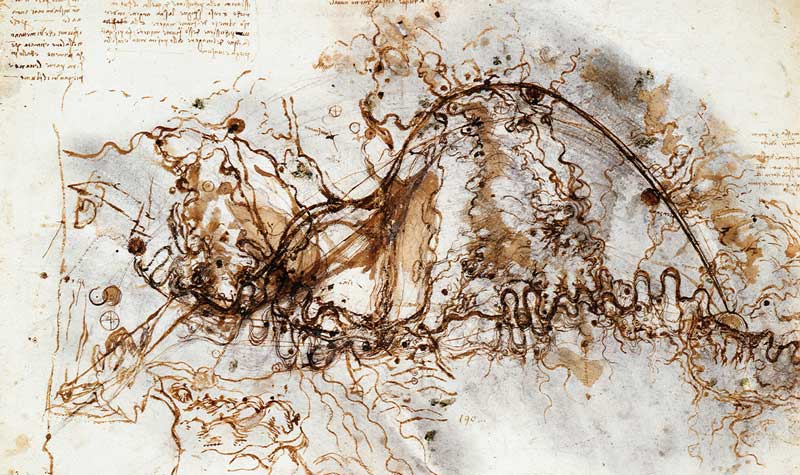
Watermarks
Exploring Leonardo da Vinci’s ability to combine the creative and scientific in his examinations of water.
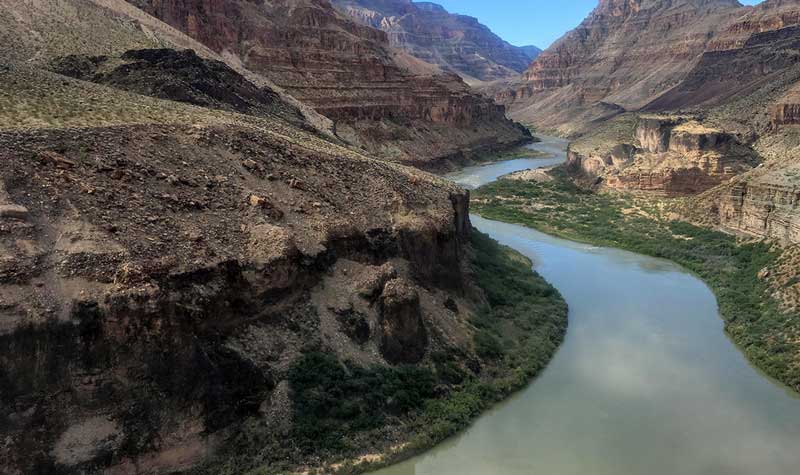
Droughts of Decency
A case study of the Hualapai Tribe’s struggle for water rights.

Acts of Men & Women
Questioning the next brilliant idea for flood control.
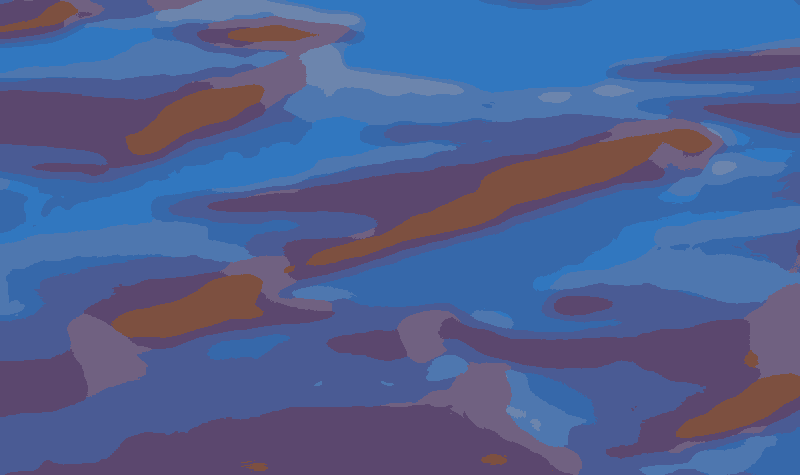
Water Logics
Considering new research trajectories from the vantage point of water.

Facing Change
Understanding "home" amid an evolving environment along the Gulf Coast.

Amplifying Voices
How a liberal arts senior began teaching debate to incarcerated women.


